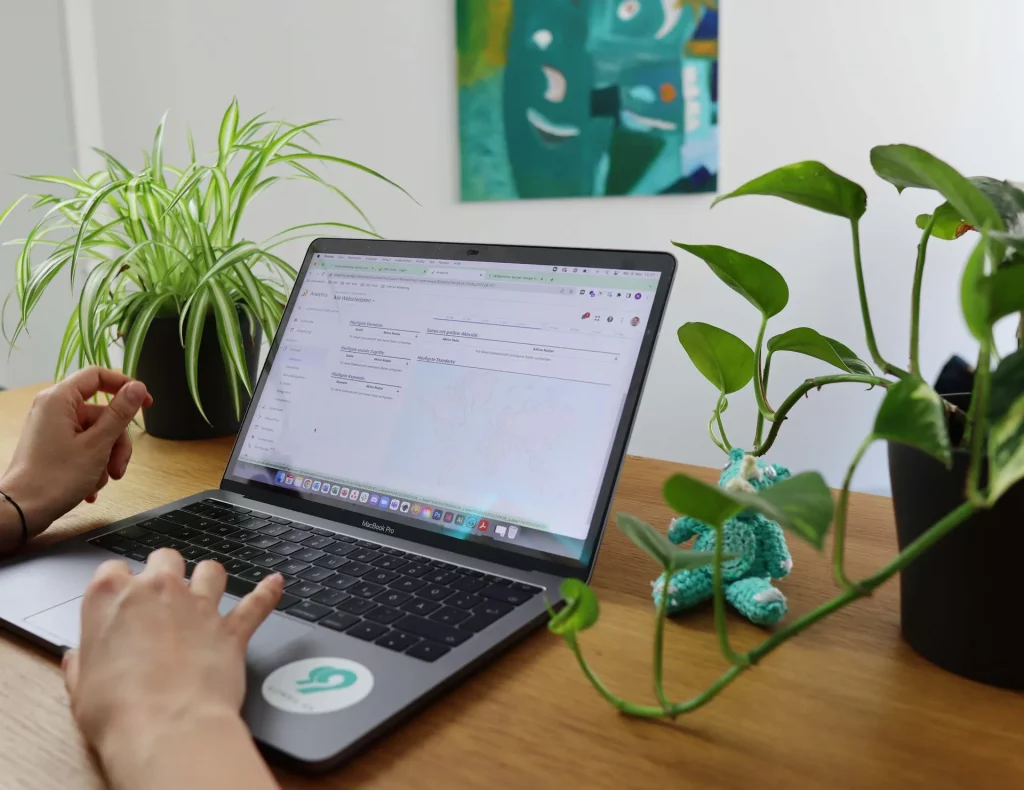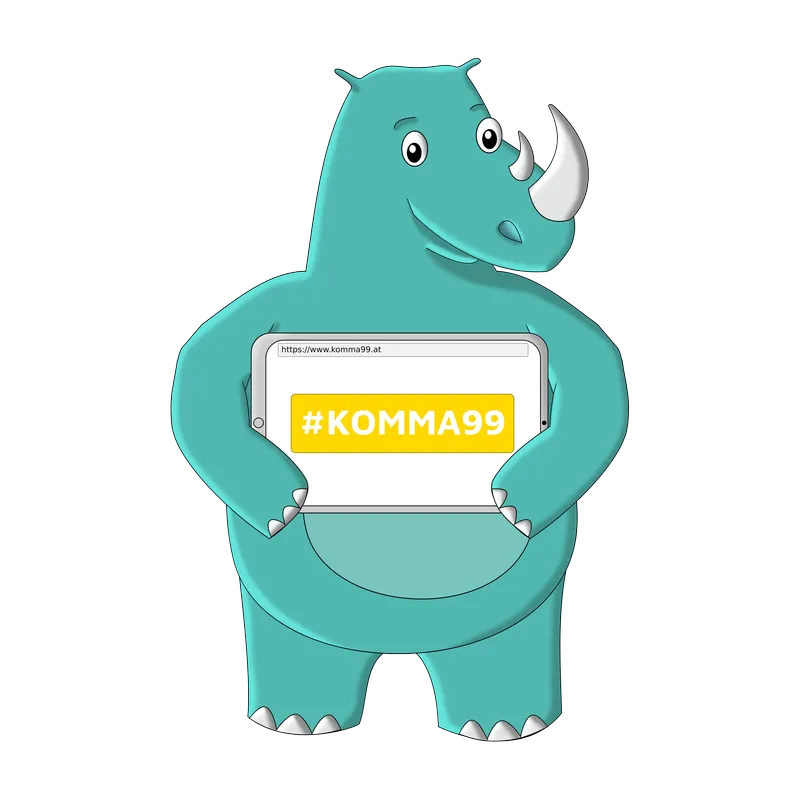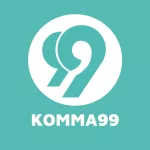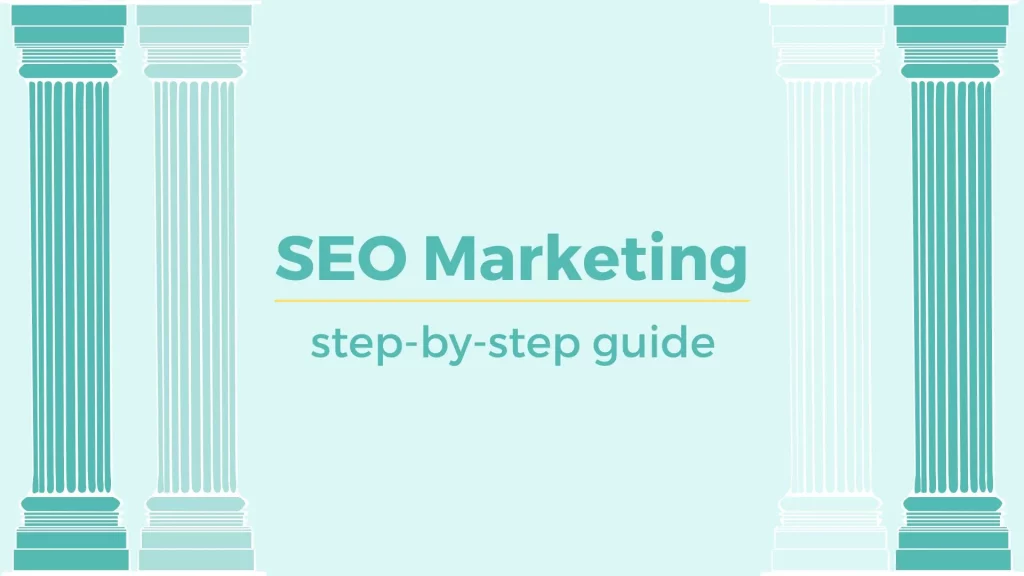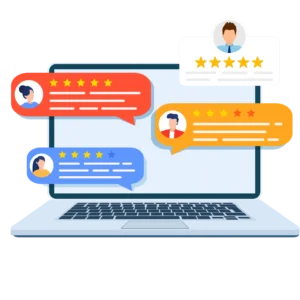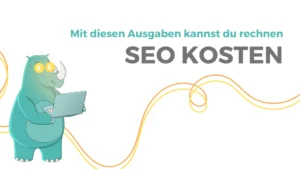Step-by-step measures - how to use SEO marketing for your website or webshop and get more users with optimization
"Never heard of it - I'll Google that!"
The number one tool, always in your pocket and always at hand - our cell phone. How often have you googled because you didn't know a term, or you wanted to find out about a topic, or because an idea came to you spontaneously?
Like most people, Google will probably be a daily part of your life - and if not Google, then other search engines. No matter what it is - we search for information, opening hours, instructions and generally speaking: We are looking for answers to our questions!
It's not for nothing that the word "googling" has already entered our vernacular - in 2004, the word even made it into the Duden dictionary. The search engine is omniscient and provides an answer to absolutely any topic.
In order for you to get your answers from Google, there is an algorithm behind the search engine. This algorithm is concerned with providing users with the most appropriate, simple and appealing search results in order to make its users happy and retain them in the long run. This is where SEO comes in!
SEO (short for search engine optimization) is concerned with optimizing a website so that it is appealing to the search engines, the algorithm and consequently, of course, to the user. The goal of SEO (search engine optimization) is to optimize the website so that it is found at the top of the first page of Google or other search engines for certain search terms.
Why right at the front of the first page?
Let's face it - who clicks on the 5th search result, let alone Google page two?
A minimal percentage, that's for sure (and has been confirmed by several studies). So that the multitude of people perceives the website of your company at all, it must be optimized (SEO) and be found high up in the search engines - that is, be perceived as relevant for Google and the searchers.
Now you're probably wondering how to do that - then you've come to the right place! We are an online marketing agency and specialized in SEO marketing (search engine optimization marketing). In this article we will give you a very detailed insight into SEO measures, what they do and how you can use them for your website, webshop and your general online presence.
Are you ready?
What is SEO Marketing?
SEO is, as mentioned above, the abbreviation for search engine optimization, i.e. the optimization of a website or webshop for the search engines. Search engines in this case are Google, Bing, Yahoo, but also Amazon and YouTube belong to this category. SEO marketing, in turn, is all about using SEO (search engine optimization) on your company's website for marketing purposes - that is, to be seen by potential customers or buyers.
If you already have a website or webshop, then that's a good start - but it's not enough. but there were 1.88 billion websites in 2021 alone. Why exactly should customers click on your site? And how are they supposed to find them in this huge mountain of websites anyway?
This is where we start with SEO marketing. As an agency, we first start by figuring out what content potential users would be looking for to find you. In SEO circles we call these search terms "keywords". We already have some exciting blog articles and glossary articles on keywords for you - you can find them at here and here linked.
Nevertheless, to explain keywords to you briefly, we give you an example here:
You run a business - a bicycle repair shop. On your website you offer services such as bike repair or tire inflation. At the same time, you also run a blog where you share tips and tricks with motivated bikers on how to repair and tune their bikes themselves.
To optimize your website for the search engine, we use keyword research and keyword mapping. The results are clear - for example, your customers search for "get bike repaired" or "get bike pumped" if they want to use your services and for "fix bike (yourself)" or "pump bike (yourself)" if they want to read the information in your blog.
The first keywords related to your services are called transactional keywords, the others related to your information are called informative keywords. At the same time, keywords can be divided into long-tail and short-tail. A keyword consisting of one word is called a short-tail keyword, a whole phrase or even a sentence is called a long-tail keyword.
Want to learn more about keywords in terms of search engine optimization in detail?
Then just check out our blog article -. here you can find him.
Once we have defined the target audience and search intent through keyword mapping, we start creating content for your website that will satisfy your users. At the same time we take care of the appropriate web design to ensure usability, optimize the technology and start with a strategic backlink building.
The most important components in SEO marketing
As you can see, we work in many different areas to optimize your website so that it is found on the first page of the search engines.
At KOMMA99, we like to divide the different areas and the appropriate measures and call them "SEO pillars":
- Pillar: Technology
- Pillar: Content
- Pillar: Web design
- Pillar: Backlinks
Pillars 1-3 belong to the onpage optimization, while the 4th pillar includes the offpage optimization of your website. In our blog articles and on our entire website, we often talk about the 4 pillars of search engine optimization - because every single website falls and stands with them.
When we talk about the Technology in search engine optimization, we mean factors that you can't even see with the naked eye - how fast/slow your website loads, how the images on your website are embedded - practically everything that happens in the backend, i.e. in the background of your website.
The SEO content and the web design include everything that can be seen on the website of your company. This includes the Above the Fold area, your menu structure, texts, images and videos. These two pillars ensure that the visitor finds his way around your website, stays on it and becomes your customer in the future.
The Backlinks of your website, i.e. the offpage optimization, describe the linking of your website with other - relevant - pages. If, for example, you appear with your bicycle online store (as mentioned above) in an article on another website that is about bicycles and your online store is linked - then that is a high-quality backlink. The quality of your backlinks determines the quality of your site and has a positive effect on your ranking, so it is important that you generate suitable and qualitative backlinks in the course of your SEO marketing. You can find more detailed information about backlink building in one of our blogarticle.
How does SEO marketing work?
We've explained in detail why you should use SEO marketing and why search engine optimization plays such an essential role in our digital society. You also know that SEO is based on four pillars, each of which should be optimized to make your website successful, achieve a high ranking in search engines and create a decisive online presence. But what you may not know yet is how SEO marketing actually works - more on that coming up.
It used to be a lot easier to get through Blackhat methods - i.e. tricking the algorithm - to get on the first page without having to deliver high-quality content. Since 2019, however, the quality for Google is in the foreground. The Google search engine wants to present its users with the optimal and, above all, true and high-quality pages to answer their search queries. We owe this big step to the core update of Google from 2019 - the Google E-A-T.
E-A-T stands for Expertise-Authority-Trust and describes what your website or webshop has to providein order to be relevant to the search engines and consequently achieve a high ranking. However, Google E-A-T does not count as a factor for ranking, but as a guideline for what a website must bring to be considered relevant. In addition to these criteria and guidelines, there are over 200 more Google Ranking Factors.
As you can see, it is not so easy to optimize your website perfectly for Google. On the one hand, many ranking factors play a role, on the other hand, it is important to write high-quality content. But above all, you want to appeal to your target audience and attract new customers.
But don't worry - with our step-by-step guide, we'll help you on your way to your optimized website or webshop!
Step-by-step to an optimized online presence
You have already read a lot in this blog article about how to use SEO marketing and search engine optimization to make a profit. Now it's time to explain in detail how to optimize your website. The way is not easy - either you do it alone or get support from an online marketing agency you trust.
Step #1 - Keywords, keywords, keywords
As a first step, you should figure out what you expect from your website. How do you define your target group? What do you want your target group to do on your website and the individual pages? Which other websites or web stores achieve exactly what you would like?
Based on these questions you work out your keywords in a keyword research (as already mentioned above). Divide your keywords into transactional and informative categories so that you can always keep track of them. What are your main keywords and is anyone searching for them? A tool that can help you in this step, among others, is KWFinder from Mangools. Once you have turned your keyword research into a keyword mapping, the optimal roadmap for your SEO marketing is in front of you. You can find a detailed optimization guide here.
Step #2 - Create structure
Now it's time to create structure on your website. Which are your most important landing pages? Which service pages should your visitors visit on which topic? What does the menu structure on your website look like?
 |
Our Tip: Structure your page as clearly and logically as possible. A clear page structure and a clear sitemap make it easier for search engines and users to understand and read your page. |
It is important that each of your pages is assigned to a defined theme. Through visual stimuli you can also direct the reader and create a common thread through the website. You can read more about SEO web design in this blogarticle.
Step #3 - Good content (content)
A very important step in the optimization (and one of the 4 SEO pillars) is the content on your website. Here you should try as much as possible to address your target audience based on your keywords from step 1.
These include, for example, SEO texts - for writing SEO texts we have a blogarticle ready for you. But also images, graphics and videos should be present on your website for optimal SEO marketing.
Also, pay attention to the title and meta description, which appear on Google's search results page. These short but important little text passages are all about bringing the user to your page in the first place through search engine optimization. How exactly you create your perfect SERP snippet you will find out in a Gloss contribution from us - but at the same time you can also use our SERP Snippet Generator so you always know if your SERP snippet is long enough and contains the important keyword. At the same time, you get an example image of how your snippet would look like.
Step #4 - Technically optimized
The fourth step is to technically optimize your website from all different aspects. Satisfy your visitors with a short loading time, make sure all buttons are clickable online, and take care of internal linking. A 404 error page should definitely not appear on your website, for example. Tools like Screaming Frog help you find out what technical errors exist on your website and make it easier to fix them as well.
Step #5 - Wait, watch & analyze
Last but not least, when you have implemented every search engine optimization in the SEO marketing repertoire, it means being patient and waiting. You will see - every month your ranking will improve and your website will become more and more relevant. Here you should use analytics tools like Matomo, Google Search Console or Xovi because that's the only way you'll know when an error occurs or you need to intervene.
At the same time you can use this step with the Backlinkbuilding start and your site through guest posts, Company directories or Business directories slowly gain relevance. Always make sure to adjust your content and page so that it doesn't lose relevance.
SEO marketing is not a sprint, but a marathon
As you can see, it requires not only a lot of know-how, but also patience and regular analysis if you want your website to be found at the top of Google through SEO marketing. Many companies do not have internal capacities to carry out all measures optimally - then we come into play as an SEO agency.
Through workshops, reporting or a complete takeover of your SEO strategy, we can help you as an SEO agency to optimize your website for the search engines so that you are also found online and thus automatically generate more users.
Whatever you decide - search engine optimization is and remains a present topic for your online presence and your digital business card. Therefore, I hope that I could give you a little insight into the world of SEO marketing with this blog article and that you can now confidently start your own SEO strategy!

